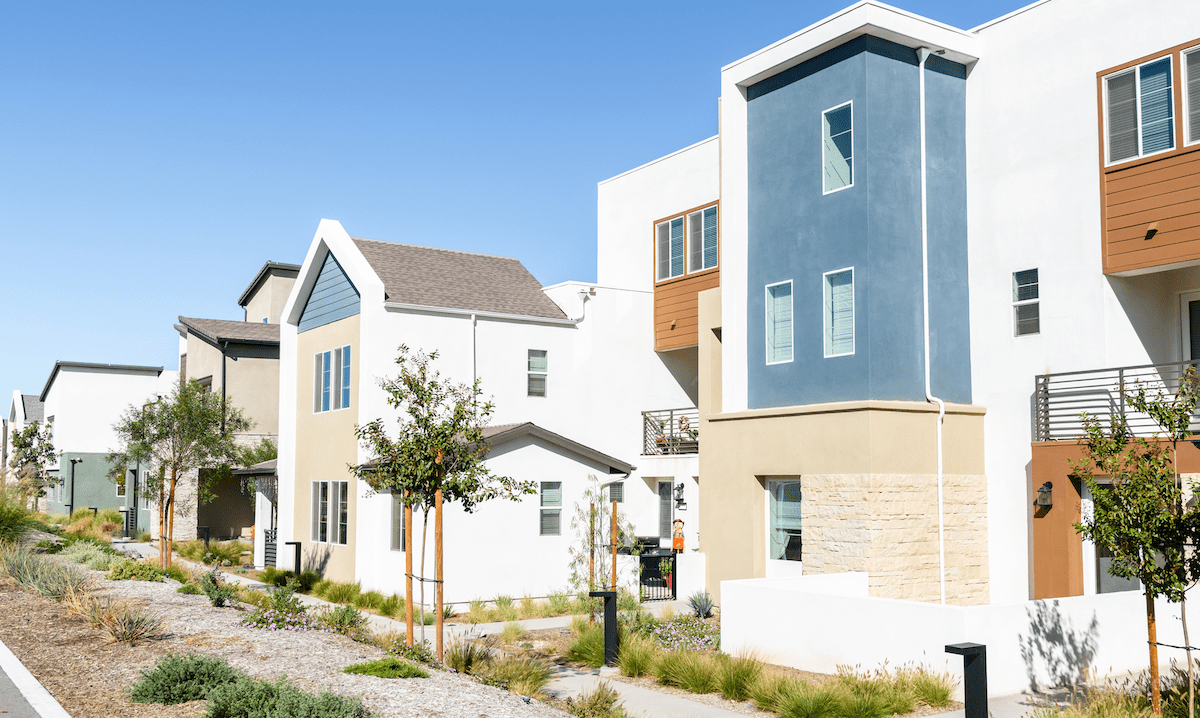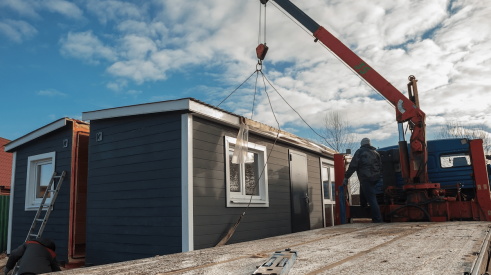Amidst escalating housing costs and widening socio-economic disparities, the issue of affordable housing has become a growing concern for U.S. policymakers, economists, and communities alike. And nowhere is that more evident than in California, a state where housing costs run high and the affordable housing crisis is particularly severe. But the focus on low-income housing solutions has largely overlooked housing attainability for the middle-income segment.
In an interview with Multi-Housing News, Tia Boatman-Patterson, a policy expert and president and CEO of the nonprofit California Community Reinvestment Corp., discusses the need for housing entities to work together more closely to alleviate the crisis, especially in pricey states like California.
Why is it so difficult to develop housing for middle-income households?
Boatman-Patterson: Middle-income housing solutions are under-researched…However, the evidence-based assumption of middle-income housing is as follows: Currently, the biggest program supporting affordable housing is the federal low-income housing tax credit granted to developers if they devote a portion of their units to affordable housing. This program could serve or finance housing at an extremely low-income level up to people who earn 80 percent of the area median income.
However, a developer of a LIHTC project can continue to rent to someone who becomes over income. The unit will qualify for program compliance, and the developer will continue to get a property tax exemption or tax abatement on that unit. Under the federal program, the unit continues to qualify for the property tax exemption until the renter’s income is at 140 percent of the AMI. The question then becomes, what incentive does that developer or tenant have to move out to make space for a low-income family, especially if there is no entry-level affordable middle-income housing on the market or being produced?
Some of the biggest housing finance programs do not incentivize movement upwards. The system needs to support a continuum of affordable housing to free up-regulated low-income housing and allow upward mobility. This is difficult to do when entry-level move-up middle-income housing is not being produced. Incentivizing middle-income housing solutions allows for a broader range of affordable housing, so there is room to move up and make regulated affordable housing available to those who need it.
Advertisement
Related Stories
Affordability
What Is the Relationship Between Urban vs. Suburban Development and Affordability?
A new paper from Harvard's Joint Center looks at whether expanding the supply of suburban housing could, in turn, help make dense urban areas more affordable
Off-Site Construction
New Study Examines Barriers and Solutions in Manufactured Housing
The study from Harvard's Joint Center looks at the challenges faced by developers using manufactured housing and how they're overcoming those barriers
Off-Site Construction
Utah Passes Bill to Regulate Modular Construction at the State Level
Goals for housing innovation and affordability meet in Utah's passage of a new bill that establishes a statewide modular construction program







